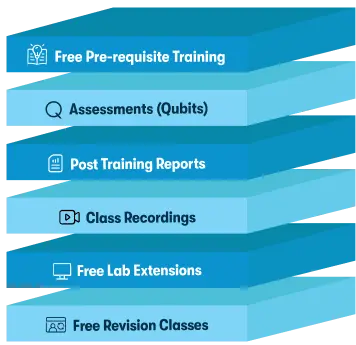We're open through the holidays to support your upskilling goals — Which training do you want to book?
We're open through the holidays to support your upskilling goals — Which training do you want to book?
Unable to find what you're searching for?
We're here to help you find itMcAfee HIPs – Host Intrusion Prevention System Administration Course Overview
The McAfee Host Intrusion Prevention System (HIPS) Administration course equips learners with the expertise to secure systems using McAfee's advanced intrusion prevention capabilities. Participants will gain hands-on experience configuring HIPS policies, managing dashboards, and troubleshooting firewall rules. The course covers essential topics like McAfee Framework Host Service, policy updates, and client-server communication using McAfee Management Service Host. Learners will understand how to create custom signatures, manage exceptions, and apply best practices for system maintenance. By mastering McAfee Intrusion Prevention System (IPS), participants will be able to protect their networks from vulnerabilities and unauthorized access, making this course ideal for IT security professionals looking to enhance their cybersecurity framework.
These topics demonstrate your expertise in managing and securing enterprise environments using McAfee’s Host Intrusion Prevention System.
Purchase This Course
USD
View Fees Breakdown
| Flexi Video | 16,449 |
| Official E-coursebook | |
| Exam Voucher (optional) | |
| Hands-On-Labs2 | 4,159 |
| + GST 18% | 4,259 |
|
Total Fees (without exam & Labs) |
22,359 (INR) |
|
Total Fees (with Labs) |
28,359 (INR) |
Select Time
Select Date
| Day | Time |
|---|---|
|
to
|
to |
Scroll to view more course dates
*Inclusions in Koenig's Learning Stack may vary as per policies of OEMs
McAfee HIPs – Host Intrusion Prevention System Administration
Suggestion submitted successfully.
Koenig Learning Stack
Inclusions in Koenig's Learning Stack may vary as per policies of OEMs


